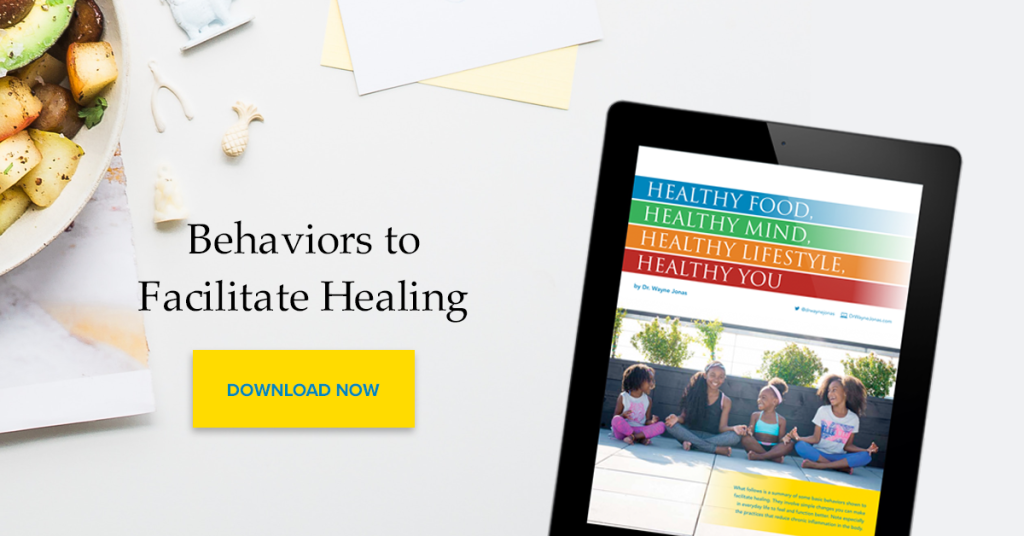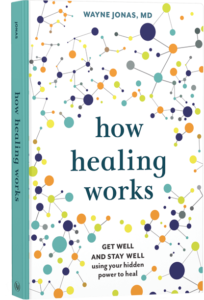Healing and a feeling of personal wholeness only occur when the mind, body, and spirit are in balance. Balancing them all is necessary for a happy and fulfilled life. And in moments of crisis—especially in moments of crisis—it is vital for you to be vigilant in protecting that balance.
All three are connected: the mind, body, and spirit. A weakness or imbalance in one of these can negatively affect the others. For example, severe emotional stress of the mind can cause high blood pressure and other illnesses in an otherwise healthy body. Similarly, a physical illness or injury can cause depression in a usually healthy mind.
Healing intention is a conscious mental choice to improve your health or the health of another. It includes the expectation of improved well-being and the hope that the desired health goal can be reached. It also includes the understanding of personal meaning in your life and work, even when those two worlds may seem blurred during a quarantine.
Ultimately, healing intention includes the belief that healing and well-being will occur. If you don’t truly believe that you can be healed, or if some part of you is holding onto the disease or condition, you might disrupt or limit your own inherent capacity to heal on a subconscious level. Don’t underestimate yourself! By developing healing intention, you set the stage for healing to occur.
What Can I Do to Develop Healing Intention?
AWARENESS
Awareness addresses the question “How do I feel?” It helps you learn what your body is telling you and to connect what you think about to who you are.
You can become aware of your body’s subtle signals such as changes in energy level or mood. Bring these thoughts and feelings to your conscious mind. This allows you to change behaviors that don’t make you healthier. You can also learn new skills to change your automatic responses. Physical symptoms are messages from your body, telling you how it is doing and what it needs.
Some people turn to active practices like jogging, yoga or even repeating a single word that makes them feel “centered.” Others use religious prayer, practices and services. You can also just take a few moments to be quiet or to meditate.
INTENT
Once you know how you feel, it’s essential to know what you want. If a health crisis or other situation changes your life from what you planned, this can be challenging. But it is important to create new goals and plans. These may be different, but they can also be meaningful and fulfilling.
On a spiritual level, once you connect with your inner self, you can direct your intention to bring this sense of peace and healing to yourself or others in your life.
REFLECTION
The story you tell yourself about your life is powerful. It can help you understand the central themes of your life and find meaning in them. When your sense of meaning in life changes, it can lead to feelings of distress. Getting that sense of purpose back is important for feeling healthy in your body and mind.
Meaning and purpose help you deal with emotions such as loss and grief, hope and despair, and joy and sadness. They allow you and your loved ones to accept the new normal, find a sense of feeling as well as the possibility to control your outlook on life.
Writing in your journal, writing stories or poetry, doing art, working with someone who has been in the same situation as you or talking to a hospital chaplain might help you consider questions of who you are.
Try to answer these questions:
- Who am I?
- What is my purpose?
- How do I fit into my family, my community, my life?
- What are my spiritual beliefs?
If you have an illness or pain, think and write about the meaning of the illness or pain in your life. Reflection may help you to understand some of the central themes of your life and find meaning in them.

Experiencing Personal Wholeness
Personal wholeness is the feeling of well-being that occurs when your body, mind, and spirit are in harmony and balance. You can develop mind-body practices that support well-being and recovery from illness.
In fact, there are techniques that you can learn called mind-body practices that once you learn them, you can do anywhere—which right now is probably at home. These encourage you to tap into the connection between your thoughts and your physical responses in a positive way. Research has shown that these practices can be effective in reducing the negative effects of stress.
The key is to try and commit yourself to develop a mind-body practice. If you are unable to take an online class or attend a virtual workout, take advantage of one of the mind-body examples healthjourneys.com or any number of videos on Youtube, like this one.
By adopting one, or more, of these exercises into your routine, you’ll be one step closer to balance and developing real healing intention. This is a conscious choice, so it is important to try and remain disciplined but by simply understanding the role healing intention and personal wholeness can play in your life right now, you can begin to feel the impact as we all continue to work through this challenging time.

Your Health Into Your Own Hands
Drawing on 40 years of research and patient care, Dr. Wayne Jonas explains how 80 percent of healing occurs organically and how to activate the healing process.

